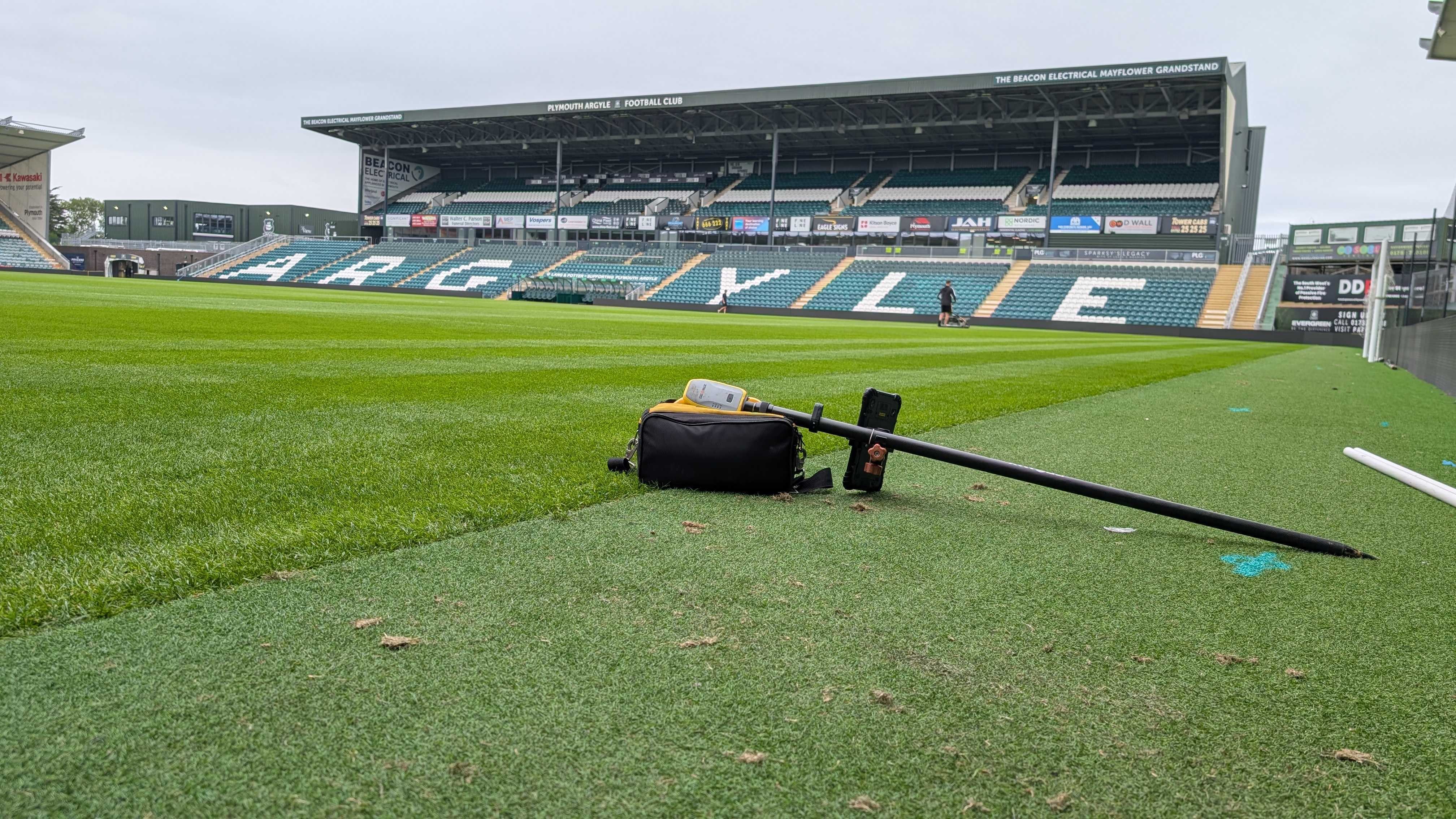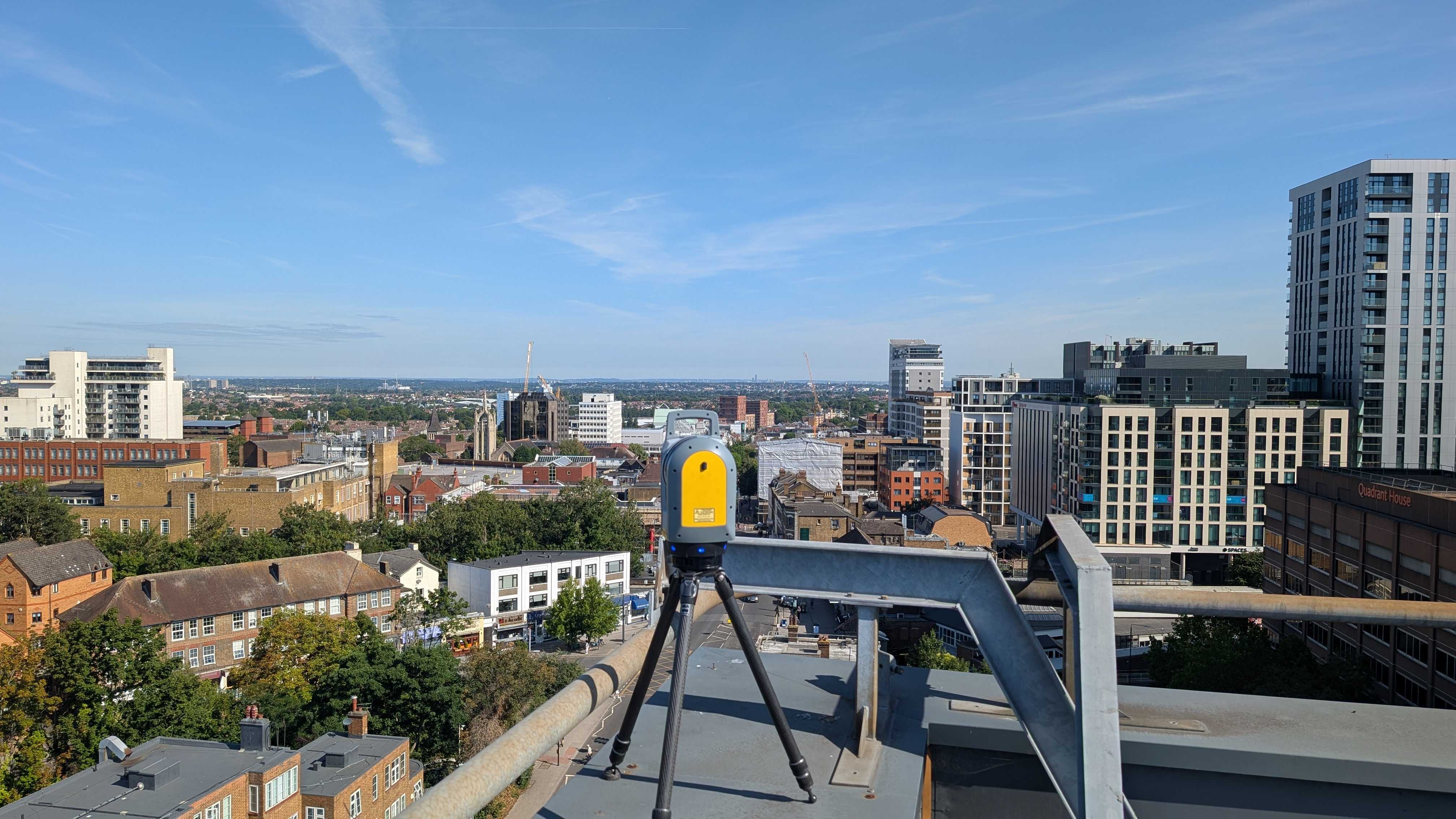As a construction manager, precise knowledge of subsurface utilities is crucial.
This hidden infrastructure, from water and gas lines to electrical cables, forms the foundation of your project's success, which makes it a key part of your project.
At Intersect Surveys, we specialise in utility surveys, such as Ground Penetrating Radar (GPR) that allow you to survey the ground beneath you.
In this blog, we'll explore the blend of different utility surveys with GPR surveys, unveiling their potential to revolutionise your projects. For example, traditional utility mapping often poses challenges and risks, but this integrated method offers benefits like precision, cost savings, and enhanced planning.
Utility Surveys And GPR Surveys: The Basics
To appreciate the advantages of combining utility surveys and Ground Penetrating Radar (GPR), it's essential to grasp the basics of these two complementary survey techniques.
Utility Surveys
Utility surveys involve the use of electromagnetic locators to detect and map the approximate locations of buried utilities like water pipes, gas lines, electrical conduits, and communication cables.
These surveys provide crucial information for project planning and excavation, helping to prevent costly and potentially dangerous utility strikes during construction.
Ground Penetrating Radar (GPR) Surveys
On the other hand, GPR surveys take subsurface investigations to the next level.
GPR is a non-destructive geophysical technique that employs radar pulses to image the subsurface. It can identify not only the precise location of utilities but also other subsurface features such as voids, geological layers, and anomalies.
GPR surveys are known for their ability to provide a comprehensive view of what lies beneath the surface, offering construction managers a wealth of data for informed decision-making.
So, what happens when the two are combined?
Combining Utility And GPR Surveys
Now that we've established the fundamental principles of utility surveys and Ground Penetrating Radar (GPR) surveys, let's explore the advantages you can benefit from when these two methodologies converge in construction management.
Here are 5 benefits that combining these surveys can have on your next project:
- Enhanced survey accuracy
- Comprehensive data recording
- Time and cost savings for the project
- Risk reduction on-site
- Long-term benefits to the project
Enhanced Accuracy
By combining utility surveys with GPR, construction managers gain a higher level of accuracy in underground mapping. While utility surveys provide approximate locations, GPR offers precise depth and positioning, reducing the risk of misidentifying utility routes.
Comprehensive Data
GPR extends subsurface knowledge. Beyond utilities, it uncovers hidden features like voids, geological strata, and anomalies. This holistic view empowers project planners with a deeper understanding of subsurface conditions.
Time and Cost Savings
Although GPR surveys may be a bit more expensive, the overall cost savings can be substantial. Precise upfront mapping avoids costly rework due to utility conflicts, ensuring project timelines and budgets stay on track.
Risk Reduction
Accurate utility mapping is pivotal for site safety. The fusion of these methods minimises the risk of accidental utility strikes during excavation or construction, safeguarding against injuries, property damage, and project delays.
Long-Term Benefits
The precise utility mapping and subsurface knowledge gained through this combination extend beyond the initial construction phase. It supports ongoing maintenance and repair activities, prolonging asset lifespan and reducing maintenance costs.
Project Scenarios: How Combining Utility And GPR Surveys Are Used
The advantages of combining utility surveys and Ground Penetrating Radar (GPR) surveys aren't just theoretical; they have been proven time and again in real-life construction projects.
For example, pipeline construction.
In a pipeline construction project, precise utility mapping is essential to avoid costly and time-consuming pipeline relocations. The integration of utility surveys and GPR provide an accurate subsurface picture.
Construction work can then proceed without unexpected utility conflicts, ensuring on-time project completion and cost savings.
Furthermore, infrastructure expansion projects can benefit from these surveys too.
An infrastructure expansion project required a deeper understanding of the subsurface, including geological layers and utility depths. Utility surveys alone cannot provide this depth of information.
GPR surveys can complement utility mapping, uncovering critical subsurface details that aid in selecting optimal foundation designs and construction methods, ultimately improving project efficiency.
How You Can Benefit?
At Intersect Surveys, we understand that the foundation of any successful construction project lies beneath the surface.
We've shown how the combination of utility surveys and GPR technology can unveil a world of benefits, from enhanced accuracy and comprehensive data to risk reduction, cost savings, and improved project planning.
Real-life examples reflect the power of this integrated approach, providing construction managers with the precision, efficiency, and safety required for today's complex projects.
As you start your next construction project, consider the advantages that lie beneath the surface. Contact us at Intersect Surveys today to discover how this can elevate your construction projects, making them safer, more efficient, and ultimately, more successful.
FAQs
What Is The Primary Advantage Of Combining Utility Surveys And GPR Surveys In Construction?
The primary advantage is enhanced accuracy in underground mapping. Utility surveys provide approximate locations, while GPR offers precise depth and positioning, reducing the risk of utility conflicts during construction.
How Can GPR Surveys Complement Utility Surveys In Construction Projects?
GPR surveys provide a comprehensive view of the subsurface, uncovering not only utility locations but also other subsurface features like voids, geological layers, and anomalies, which aids in informed decision-making.
How Can The Integration Of Utility Surveys And GPR Technology Lead To Cost Savings In Construction?
By accurately mapping utilities and subsurface features upfront, this integration helps avoid costly rework and utility conflicts during construction, ultimately saving both time and money.
In What Types Of Construction Projects Have The Benefits Of Combining Utility And GPR Surveys Been Proven?
Real-life examples include urban development, infrastructure expansion, environmental remediation, historic preservation, and pipeline construction projects, where the integration has delivered tangible benefits like cost savings, efficiency, and safety improvements.
How Can Intersect Surveys Assist Construction Managers In Harnessing The Advantages Of Utility And GPR Surveys?
Intersect Surveys offers expertise in utility and GPR surveys, helping construction managers optimise their projects. They provide accurate subsurface data, ensuring compliance with regulations, addressing environmental concerns, and delivering long-term benefits.








